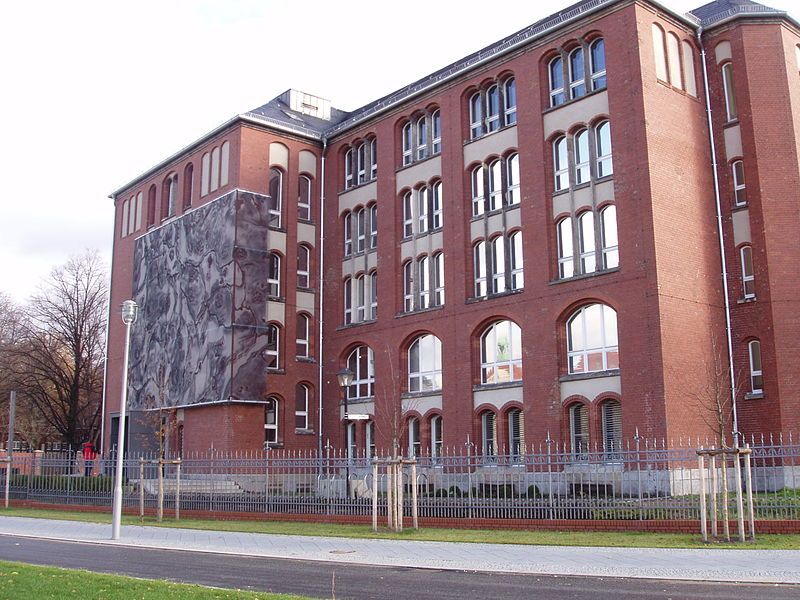About
In 1899 Rudolf Virchow founded The Pathological Museum at the Charité University of Berlin where he served as the Director of the Pathological Institute.
Virchow filled the museum with over 23,000 specimens before his death in 1902. The museum was closed to the public shortly after his passing but continued to be used as a teaching resource. During this time the collection continued to grow, but heavy damages sustained from WWII left only 1,800 specimens intact. The museum was reopened in 1998 in the same location but with a broader focus than the original and was renamed The Berlin Museum of Medical History.
Today, the museum covers 300 years of medical history and contains 10,000 specimens, some of which are from the original Virchow collection. Specimens on display come in varying levels of disturbing - from the mild arthritic knee to the truly grotesque fetal specimens which include rare congenital deformities such as sirenomelia and cyclopia. In addition to the pathological specimens, the museum also features an anatomical theatre and a historical ward, complete with iron lung and a 19th-century birthing chair.
Due to the disturbing nature of the exhibitions, visitors under the age of 16 are not permitted without a guardian.
Update as of June 2023: The museum has reopened after three years of renovations and welcomes visitors with a permanent exhibition across two floors and additional temporary exhibitions on the first floor.
Related Tags
Know Before You Go
Entrance through: Invalidenstraße (Alexanderufer), Schumannstraße (main checkpoint, information), Luisenstraße (Charité main hospital bed building), Hannoversche Straße (Robert-Koch-Platz). With public transportation: German Rail (DB) S5, S7, S75, S9 to Hauptbahnhof or Friedrichstraße Underground line U6 to Naturkundemuseum or Oranienburger Tor. Since the museum is located on campus, the maps on the university's website are especially helpful if you are walking there or evaluating transit options.
Taking photographs is strictly forbidden inside the museum. A lot of the informational placards are only in German.
Community Contributors
Added By
Published
December 19, 2013
Sources
- http://www.spiegel.de/international/germany/berlin-s-cabinet-of-horrors-world-s-first-pathology-museum-threatened-with-closure-a-782599.html
- http://www.spiegel.de/wissenschaft/medizin/berliner-charite-kabinett-des-grotesken-a-689497.html
- http://www.bmm-charite.de/en/museum/history-of-the-museum.html








































